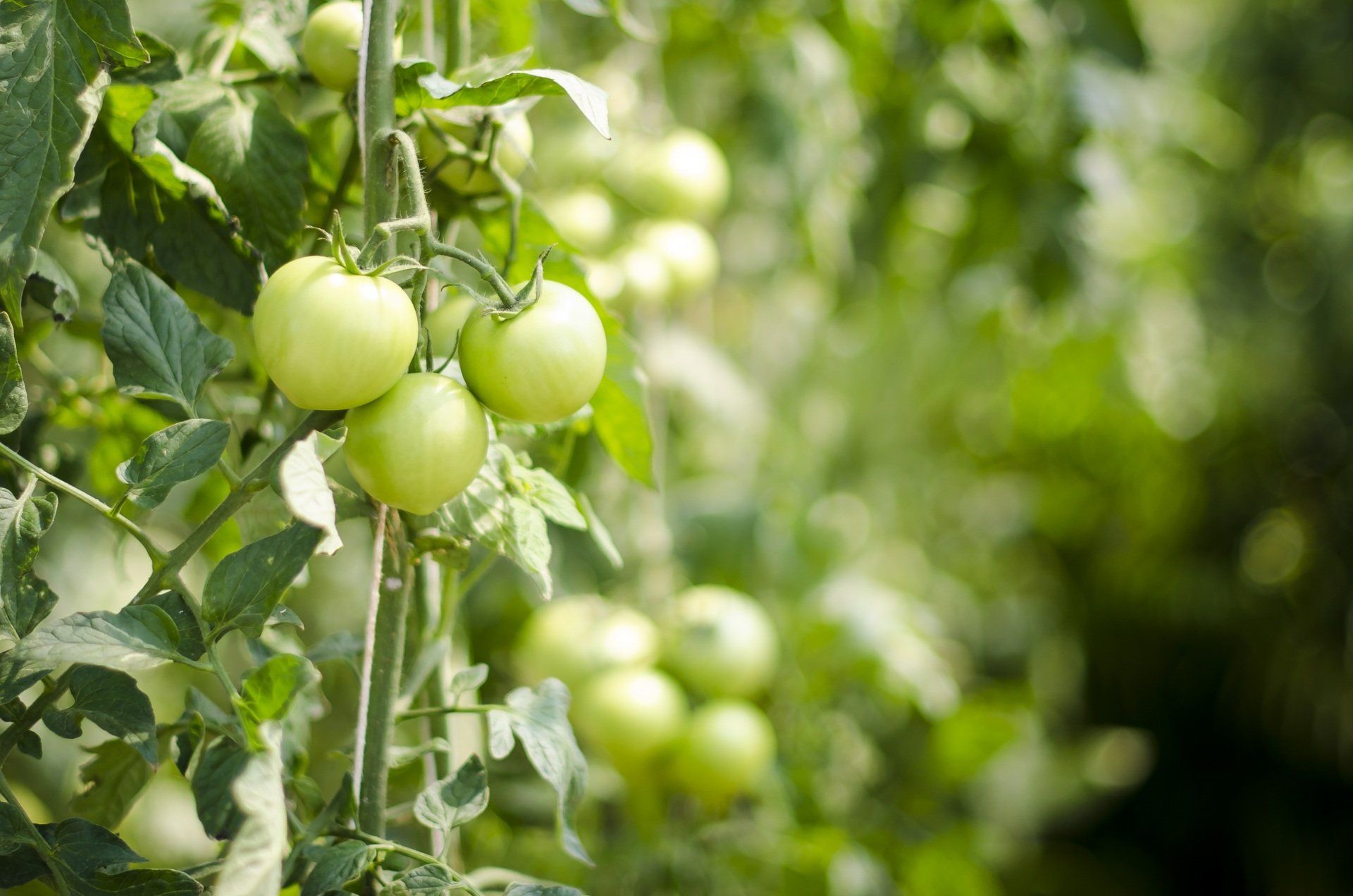Best Vegetables to Grow in Your Container Garden
Growing Veggies Without a Garden

Container gardening enables you to grow your own fresh vegetables even if you have little to no yard space. In the last decade, container gardening has exploded as people living in cities found the desire to grow their own food.
Due to container gardening, you can fill your patio, doorstep, or balcony with plants overflowing with fresh food for your dinner table. Pots can fit in every corner and table possible. With the right plants and the right tools, just about anyone can grow their own vegetables in pots. Here are 5 vegetable varieties that are particularly suitable for a container garden.
1. Tomatoes
Tomatoes can be considered one of the most productive veggies that you can grow in containers. You should choose a large enough container (at least 10 gallons) and water it well. Plant one tomato plant per container and add a tomato cage or lattice to support the limbs as the fruit starts to develop. Don’t put the plants out too soon as tomatoes do not like cold weather at all.
Look for tomato varieties marketed to be grown in pots or bushy cherry tomato types. Cherry tomatoes are especially well suited to growing in containers.
2. Peppers
Growing peppers is a great way to add flavor and even powerful antioxidants to your meals. Some varieties of peppers do really well in large containers. They enjoy a lot of sun and heat, and need consistent watering and good drainage. In cold climates, you can bring those same containers inside to overwinter the peppers.
These plants come in a variety of fruiting colors and will add a beautiful splash of color to your patio or entryway. Choose hot or sweet varieties to fit your taste.
3. Beans
To grow beans in a container, you should use a deep, heavy pot to avoid tipping and give the roots plenty of room to anchor. Beans like to climb, so you’ll need to attach a lattice to the pot. Most varieties produce plentifully and quickly.
The pot needs to have a minimum pot depth of 12 inches. Beans don’t like standing water, so make sure the pot has plenty of drainage holes. Thanks to their attractive foliage and flowers, green beans are a great addition to any balcony or courtyard.
4. Peas
These legumes grow fast and provide a ton of fruit. You should plant peas early in the spring when temps are still cool. Use a lattice for climbing. Remove the plants once they start to dry out in the summer.
5. Carrots
This cool-season plant needs a lot of water but grows well in pots with varying amounts of sunlight. Dwarf varieties do well in shallow pots but make sure you use a deeper pot for any larger types. Start from seed and enjoy all spring.
To sum up, if you are new to vegetable gardening, start out with just a few containers so you can have success in your first season. Also, don’t forget that ripened fruits and healthy greens are pest-animal magnets. So use fully organic and non-toxic Critter-Repellent to protect your container garden from pests.
Critter Repellent All Natural Animal Repellent Blog












